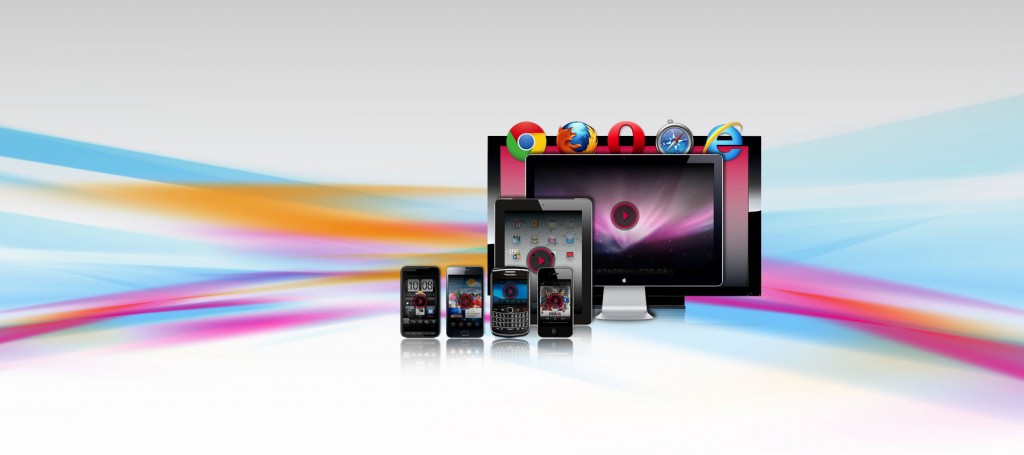There is future for television. That future is interconnected with second screen use and the drive for a more active, and more personal viewing experience. According to TNS, 41% of internet users worldwide will also be involved in other activities while watching TV:
According to the same study by TNS, 88% of internet users everywhere watch television on a weekly basis.
No doubt about it, there is future for television.

Photo source: Business2Community
Content discovery and recommendations for viewing programs occur via second screen when users either want to share content or are interested in having a deeper experience with a particular program. Second screen technology developed around sporting events, TV series, even news shows, enables access to supplementary content for viewers. TV thus becomes a key component in the viewing experience of the consumer who consumes content. It becomes a tool for discovering additional content, for engaging with people online, for interacting with information.
Viewers interested in a particular TV series can have access to information about the cast and show. They can have conversations and build an online community around the show, share thoughts, impressions, news etc. that ultimately make a television viewing experience more active. Applications allow for synchronized experiences, meaning users can sync to a live show or movie that is being aired using mobile devices. One of the most important functions of second screen in relation to television is that it enables real-time updates, which is usually what most viewers are looking.
According to a study from Parks Associates, the following are viewers’ preferred second screen activities (on smartphones and tablets) performed while watching television (by order of preference):
Search or request information for product/service;
Check TV listings;
Use as remote control for TV or set-top box;
Search show-related information while watching television;
Chat, share and interact with TV content while watching TV;
Schedule DVR recording;
Access Pay-TV programs provided by search provider.
Moreover, viewers in the age group 18-34 are:
70% more likely to look up listings via a mobile device.
90% more likely to look up information about what they are watching.
Twice as likely to look up info on products/services seen on TV.
2.5 times as likely to read social media comments about programming.
Three times as likely to post social media comments about programming.
Second screen plays an important role in developing ways for people to interact more easily with content while engaged in television viewing experiences. Ultimately, the quality of user experience depends on this.